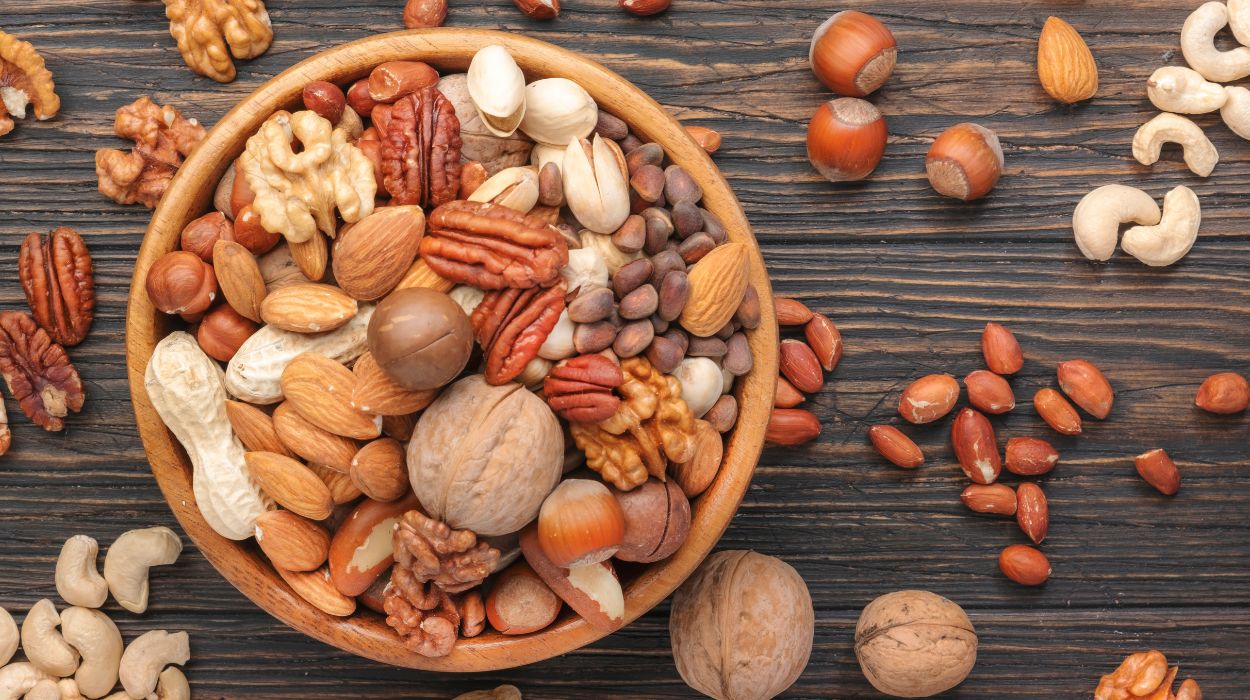EASY STEPS
CHEMICALS
WHY AND HOW TO AVOID POLYCHLORINATED BIPHENYLS (PCBS)
Even though they are no longer being manufactured, PCBs are still being released into the environment via leaks, improper disposal, and incineration … More ›
PERC: KEEP PERC OUT OF YOUR HOME
Perc, short for perchloroethylene, is a harmful chemical commonly used as common dry cleaning solvent … More ›
SKIP PRODUCTS MADE WITH SLES (AND SLS, TOO!)
Perc, short for perchloroethylene, is a harmful chemical commonly used as common dry cleaning solvent … More ›
TRICLOSAN: SKIP THE TRICLOSAN AND OTHER ANTIBACTERIAL PRODUCTS
Living in an ultra-sanitized environment may not be that healthy after all … More ›
MINIMIZE YOUR CHILD’S EXPOSURE TO LEAD
The neurotoxin lead still poses a threat to children’s health today. Read these 7 tips to learn how to limit your child’s exposure to lead … More ›
TEST YOUR AIR FOR RADON
Radon is an odorless, tasteless, and colorless radioactive gas – and it’s also the second leading cause of lung cancer after smoking … More ›
KEEP FORMALDEHYDE OUT OF INDOOR AIR
The levels of formaldehyde typically found in indoor air are too low to be smelled but often high enough to cause toxic effects … More ›
PRACTICE SAFER SUNSCREENING
Find a safe and healthy sunscreen for you and your kids by choosing products made with zinc and titanium, two non-toxic minerals … More ›
KEEP AMMONIA OUT OF YOUR HOME
In larger quantities ammonia is dangerous to the lungs and skin; especially when mixed with chlorine bleach … More ›
KEEP YOUR FAMILY SAFE FROM ASBESTOS
Asbestos is a hazardous substance that shows up in everyday life. Older degraded products are especially likely to include asbestos … More ›
+ Sources
Health Canal avoids using tertiary references. We have strict sourcing guidelines and rely on peer-reviewed studies, academic researches from medical associations and institutions. To ensure the accuracy of articles in Health Canal, you can read more about the editorial process here












